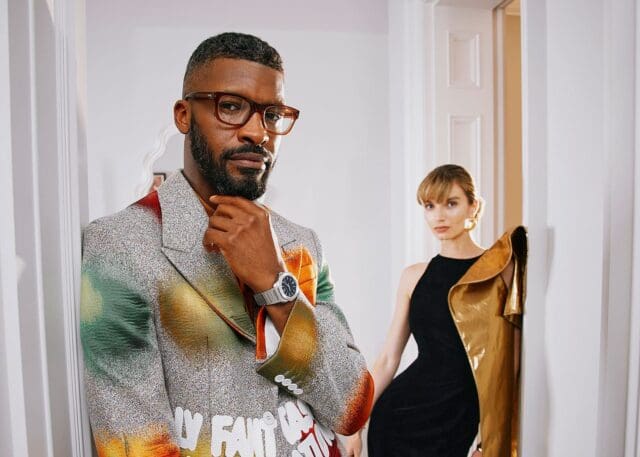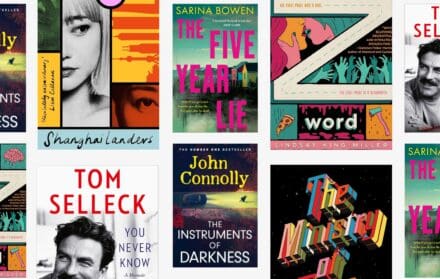
Bettina Korek: The Serpentine CEO on bringing art to a new generation
Ahead of Frieze Week 2022, Bettina Korek discusses art in the metaverse and the London trends to look out for
Bettina Korek arrived in London a week before the city went into lockdown in March 2020. Based in LA for 15 years prior, she had made a name for herself as an arts administrator and advocator. Among other things, her role as the executive director of Frieze Los Angeles from its inception in 2019 saw her spearhead an exciting new programme aimed at increasing engagement with art throughout the city.
Brought across the pond to deliver an ambitious series of events marking the 50th anniversary of the Serpentine, the cultural and social landscape rapidly changed overnight, forcing the art world to look within and change tack.
“My impression of the London art world prior to the pandemic mainly revolved around Frieze,” says Korek in her sunny Californian drawl, as we chat over the phone just days before Frieze London whips the capital into a frenzy.
“Frieze London is an institution. I would come here every year and it was always such an incredible way to experience the diversity of the art landscape in this country. I would say that this year Frieze is finally back to where it was, if not stronger, than before the pandemic.”
Obviously, the pandemic brought with it myriad issues and obstacles when it came to the arts but, despite being thrown in at the deep end, Korek faced the challenge head-on. “Everyone really had to look beyond what could take place indoors, in a room, in person, and translate the work that they were doing into something that could reach audiences everywhere.
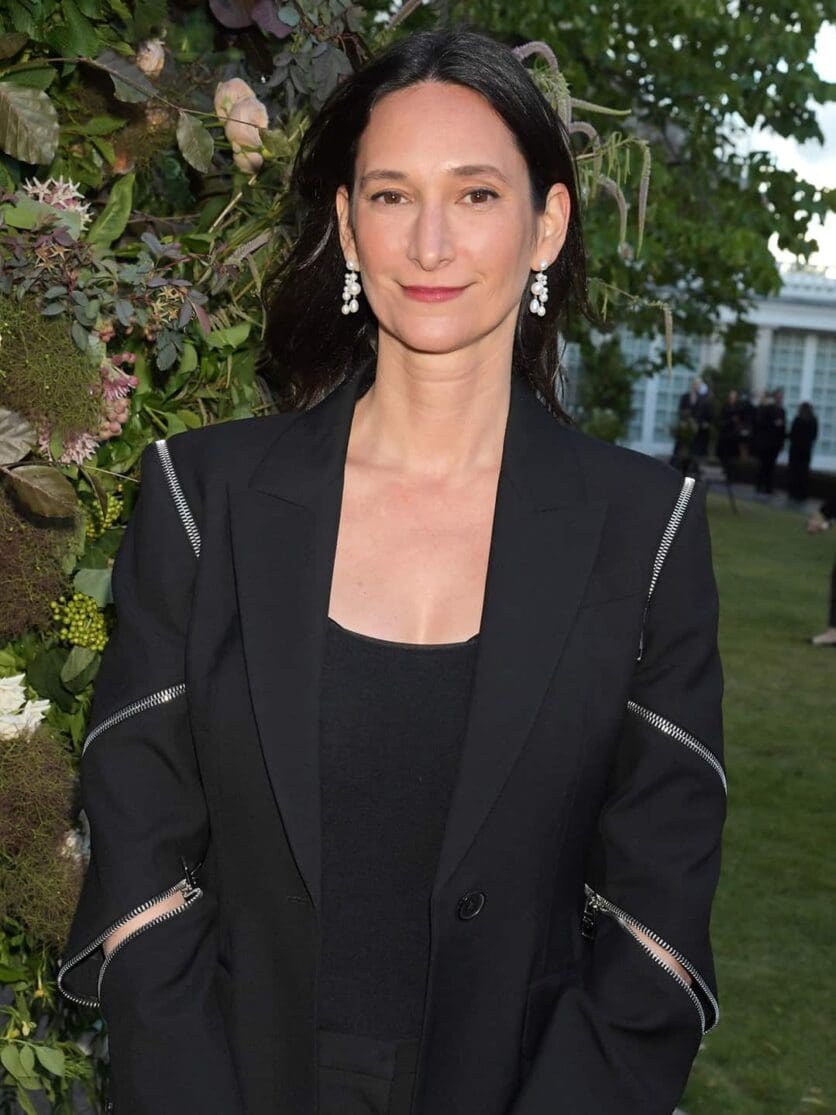
“Organisations around the world soon realised they could still engage people in meaningful ways online. An idea that really came to light during the pandemic, and something we are just beginning to see the development of, is the concept of the metaverse. The conversation now is around how artists and art organisations will engage with and leverage this new context.”
We discuss how the art world is teetering on the brink of a new frontier entirely, and how her work in London, and her role at Serpentine, are helping to drive this forward. “The Serpentine has an amazing history of supporting research when it comes to artists working with emerging technologies,” she says. “We have also done quite a lot of research in terms of what the roles are of our museums and institutions in this new idea of the art metaverse.”
At the beginning of this year, Serpentine launched an incredibly innovative multi-layered global project with the internationally acclaimed artist KAWS, developed in collaboration with Acute Art and the online video game Fortnite. In his first major solo exhibition in London, New Fiction, KAWS (AKA Brian Donnelly) presented new and recent works in physical and augmented reality, while a parallel digital version of the show launched simultaneously in Fortnite, (a popular video game developed by Epic Games, in case you live under a rock).

The shows were supported by an app that offered a bridge between the virtual and physical worlds. All the paintings and sculptures in the exhibition, as well as a miniature version of the entire show, existed in augmented reality on the Acute Art app, allowing them to be placed and viewed at home globally (and shared on socials). The concept offered a cross-cultural bridge, both metaphorically and meta-physically.
“It really articulated how we see the future of art in London [and globally],” says Korek. “People can come to the galleries, they can experience a classical exhibition, and then they can bring in their phones to experience an augmented reality element. Or they can experience the entire thing completely within a game. Working in this way brings a whole new audience to the galleries, one that will ensure they engage and experience the work in totally different ways.”
Founded nearly two decades ago by Amanda Sharp and Matthew Slotover, Frieze London has slowly and organically grown and evolved into the city-wide event that takes over the capital each October. “When I set Frieze up in LA a couple of years ago, the city was ready for it,” says Korek, who is on tenterhooks for the fun to start next week.
“There was a general consciousness around what an impact the fair could have, not only in bringing collectors, but also how it could boost the myriad spaces and performance venues all across the city. We had the opportunity to learn from the success of London. I also think the success of Frieze Seoul is exciting in showing us how art can be a real beacon; a lightning rod bringing attention to what is happening around a city.”
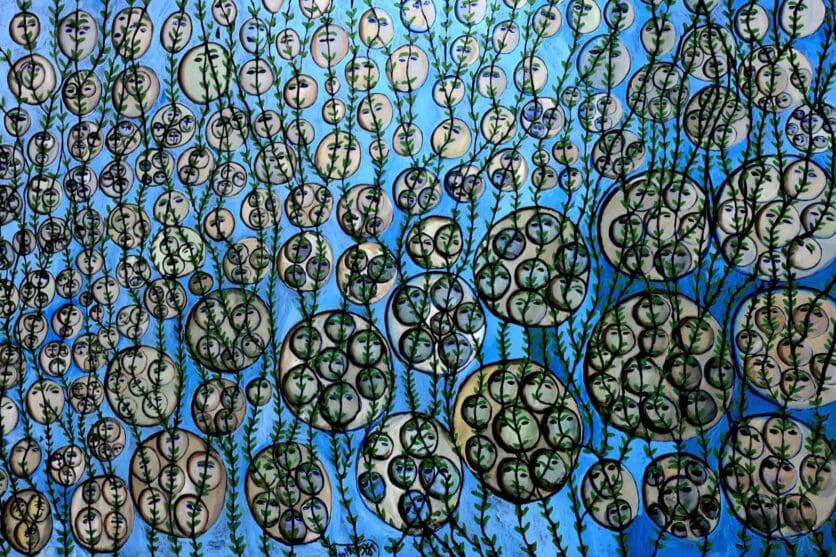
Korek is keen to talk about the Serpentine exhibitions that will launch as part of Frieze week; namely a debut show by pioneering Sudanese artist Kamala Ibrahim Ishag, whose work intertwines the earthly and the spiritual through an understanding of our connections with the natural world. There’s also Barbara Chase-Riboud, who charts her innovation in sculptural technique, exploring memory, history and power through monumental sculptures and works on paper over seven decades.
Korek sees the roles of art institutions as lighthouses; drawing people in and introducing them to new artists and practices. “This is how we can support a more polyphonic art history,” she explains. “By expanding the awareness of certain artists and supporting those who haven’t had major shows in the UK before.”
Before coming to the UK, Korek spent years immersed in LA’s art scene, both working at the Los Angeles County Museum of Art as well as founding ForYourArt, an organisation that produces collaborative artist initiatives and a free weekly guide to local exhibitors and events. She’s also served on the Los Angeles County Arts Commission since 2011 and was its president from 2016-17, where she was passionate about raising tangible support for local artists.
“Every city is so distinct in terms of art,” she muses. “I feel the vastness of London is very familiar. LA is similar in terms of geography with its many interconnected neighbourhoods. One of the things that’s different there is that you’re almost always waiting to get to the city part, whereas in London, you have this strong sense of there being many different urban centres. Both have a strong university network, which is responsible for that foundational research and innovation, and the enduring production of creativity in both cities.”
“We need to be thinking about the role of art within the world, as opposed to considering the ‘art world’.”
Bettina Korek
An important part of her leadership role will be to continue thinking about the role of art within the world, as opposed to considering the ‘art world’ as its own bubble. “There’s this scary idea of the ‘art world’ but there are so many art worlds when we consider how all the creative fields relate to each other and influence one another.”
Korek takes the success of the V&A’s Fashioning Masculinities exhibition as an encouraging sign for expanding the context of what art is and can be. “Not only does it give people a brilliant understanding of what is happening in the world of fashion, but [also] how fashion is influenced by art: thinking about things like landscape architecture, and literature,” she says. “It reflects how we need to be thinking about the role of art within the world, as opposed to considering the ‘art world’.”
Inevitably talk turns to market trends, investing and collecting. Korek feels people are embracing the pursuit of learning through collecting art, with more patrons and collectors identifying their own specific interests and following them. She attributes this shift to coming out of lockdown, during which people had time and space to listen to podcasts with artists, watch films about artists and have Zoom meetings with artists, among other things.
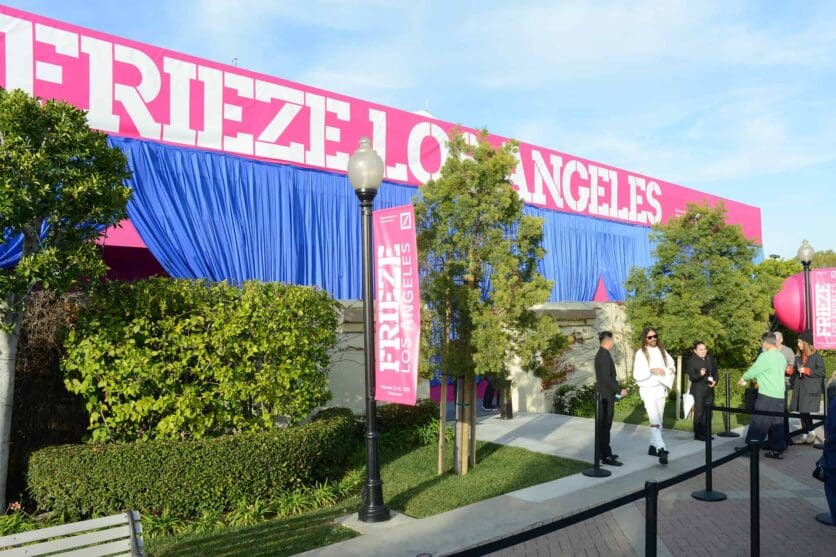
“One thing I really appreciate about working in this context is the constant learning that comes from following artists,” says Korek. “I think that increased awareness and access to such a wealth of information online has given people more confidence to learn and to pursue interests, forging their own path through the landscape of art collecting.”
Korek’s vision going forward is to continue to make connections between artists and society through her work. “We do that by providing meaningful experiences in the gallery, but also by continuing to support research around how artists are working with emerging technologies and then producing projects around those learnings.
“I am really excited about the energy and community that is forming in London. One thing I have noticed since the pandemic is that everyone is so keen to collaborate; to share knowledge and reach out to people. I think there’s a lot of enthusiasm [for] finding sustainable ways to help artists that aren’t operating within the market but are doing the work that we are all passionate about, which is making new connections throughout this amazing city.”
Visit serpentinegalleries.org
Read more: How Paul Cezanne changed the art world with an apple
